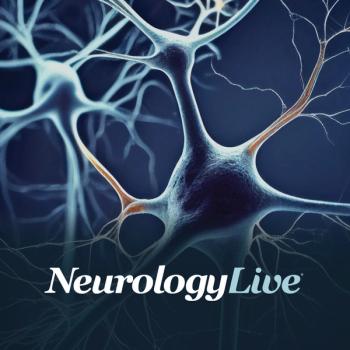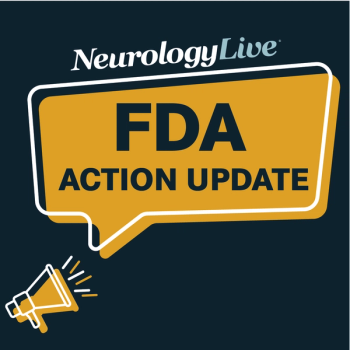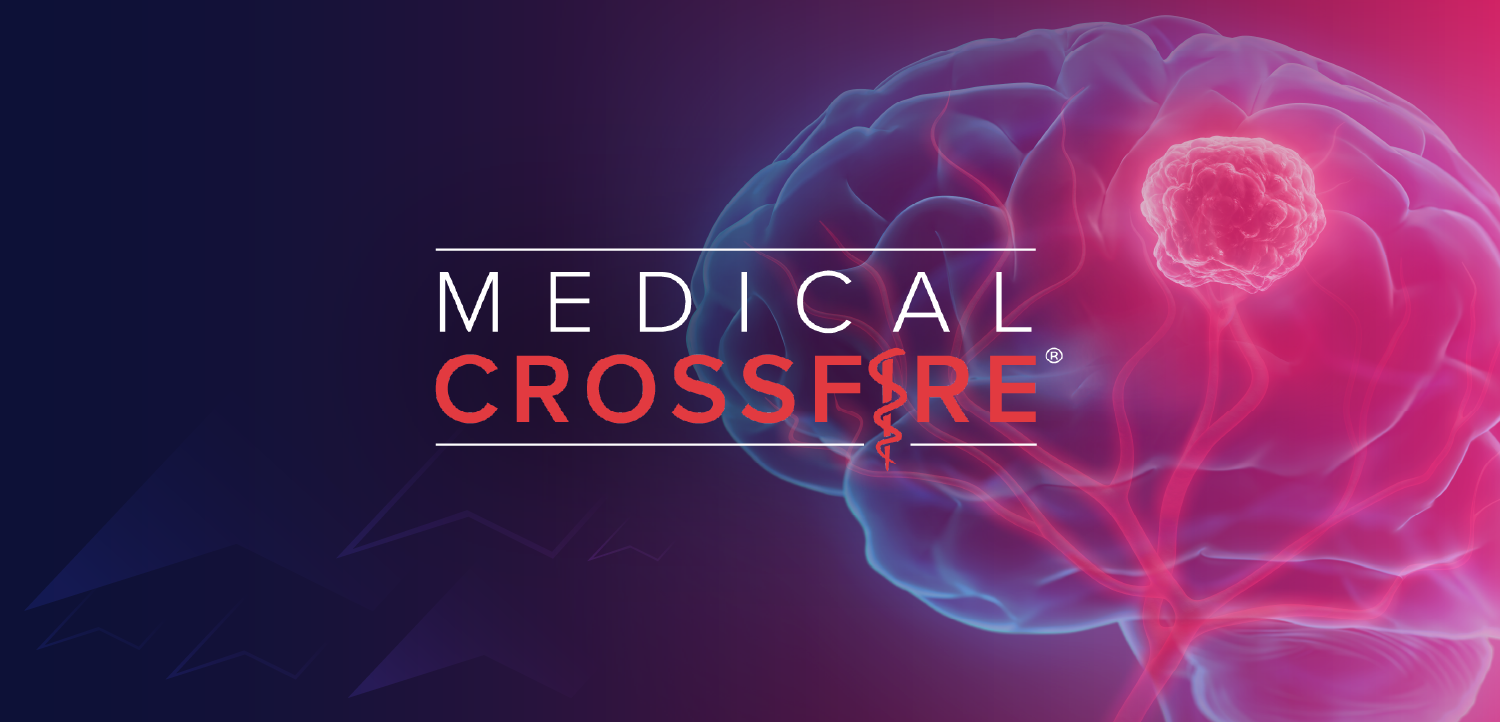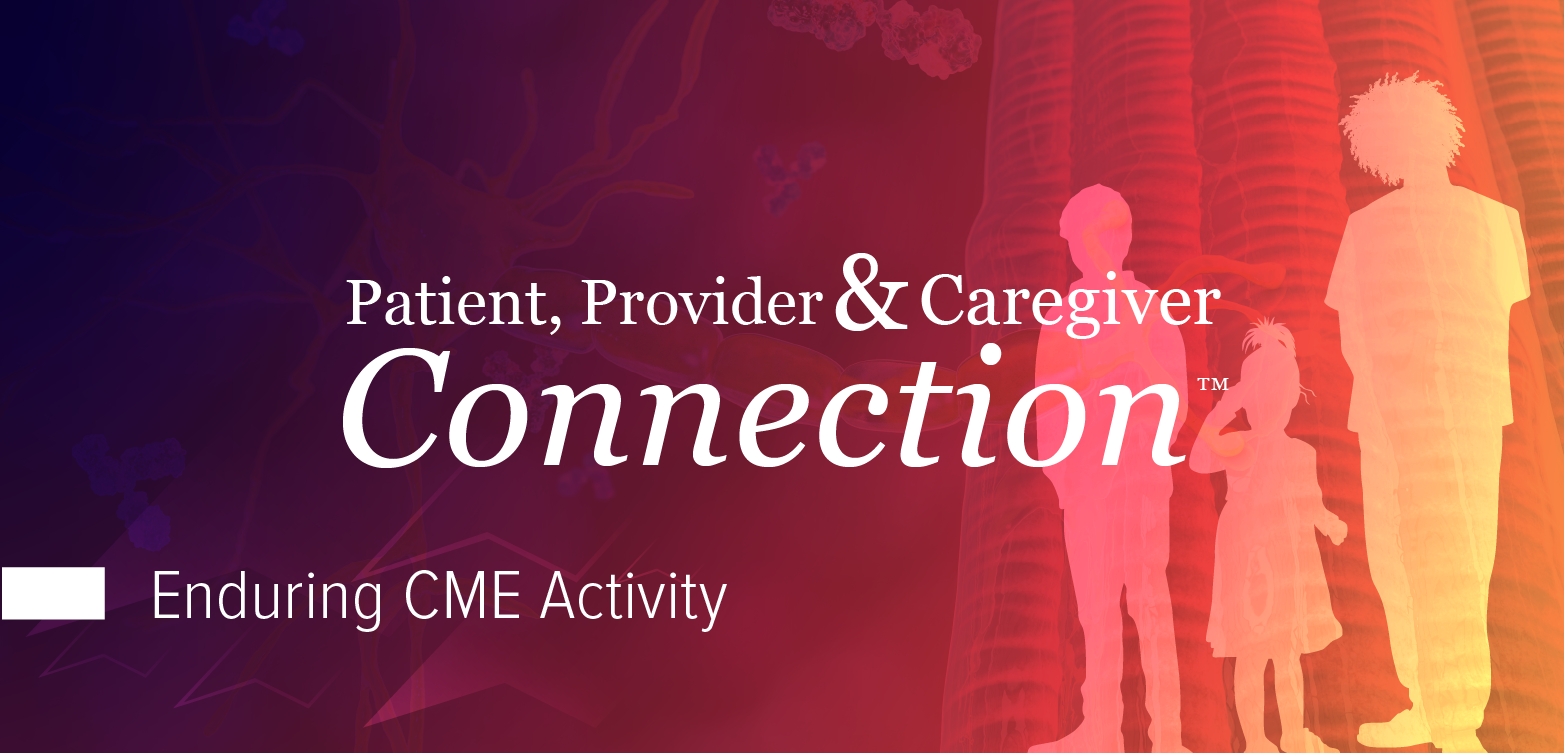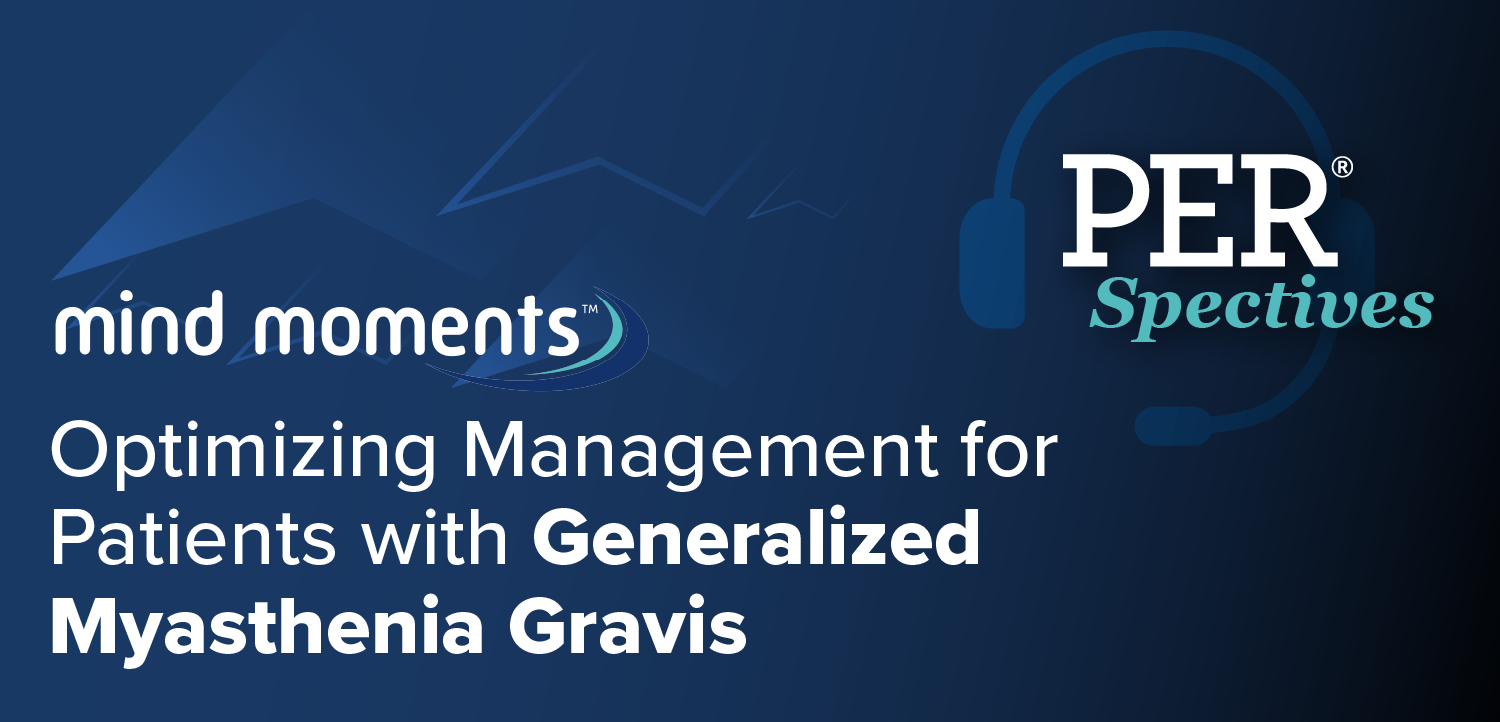
|Slideshows|May 15, 2018
Neurology in the News: Plaque, Parkinson Prevention, Promising Strategies
Author(s)Heidi Anne Duerr, MPH
New research highlights prevention, diagnostic, and treatment advances for Alzheimer, autism, atherosclerosis, and more.
Advertisement
Newsletter
Keep your finger on the pulse of neurology—subscribe to NeurologyLive for expert interviews, new data, and breakthrough treatment updates.
Advertisement
Latest CME
Advertisement
Advertisement
Trending on NeurologyLive - Clinical Neurology News and Neurology Expert Insights
1
FDA Adds Boxed Warning, Narrows Indication for DMD Gene Therapy
2
Exploring Risvidetinib in Phase 2 Trial for Untreated Parkinson Disease: Milton Werner, PhD
3
Using Machine Learning for Risk Prediction in Multiple Sclerosis Following DMT Discontinuation: Marisa McGinley, DO
4
Episode 154: NEALS 2025: Takeaways That Matter for ALS Care
5

